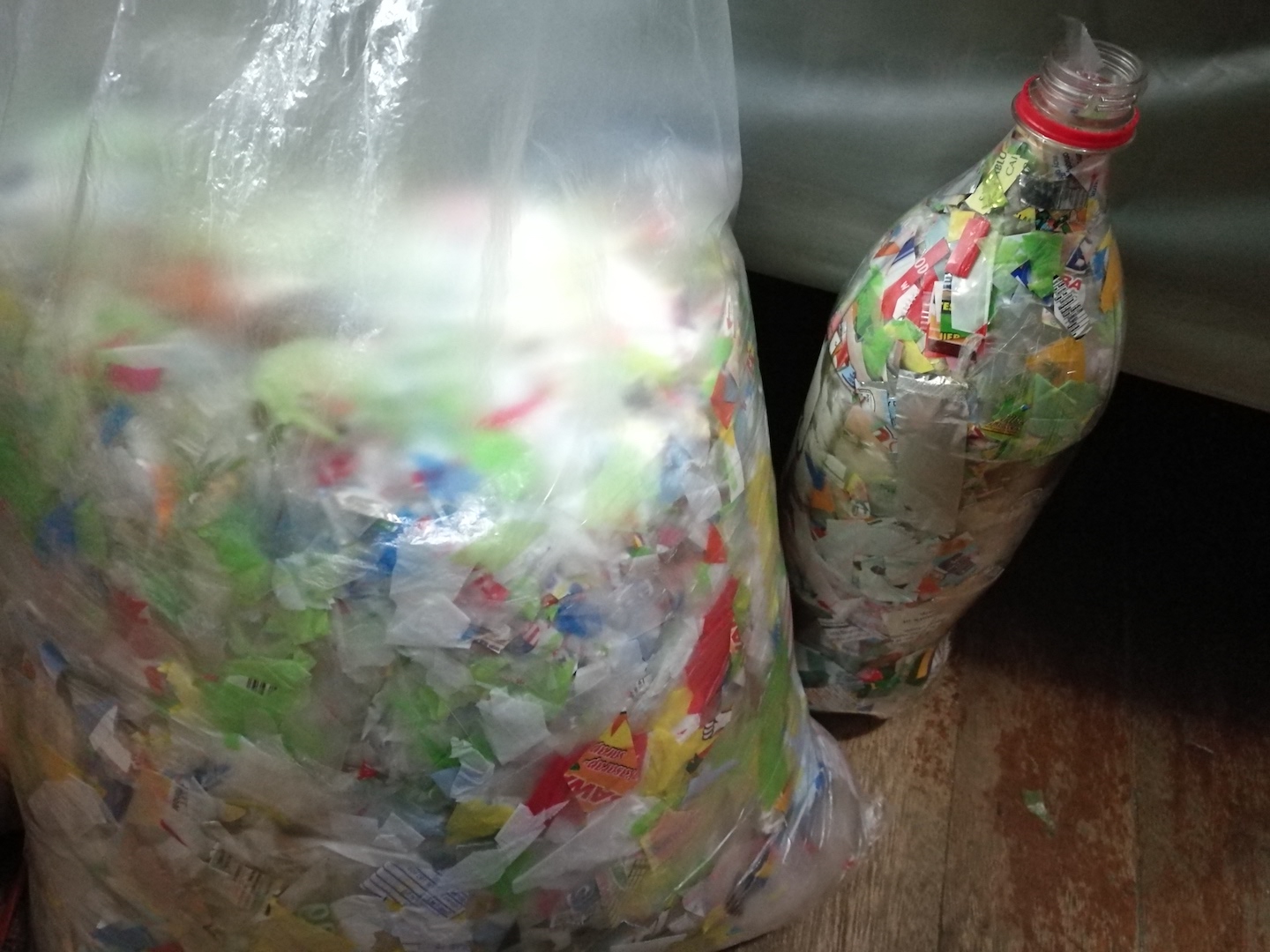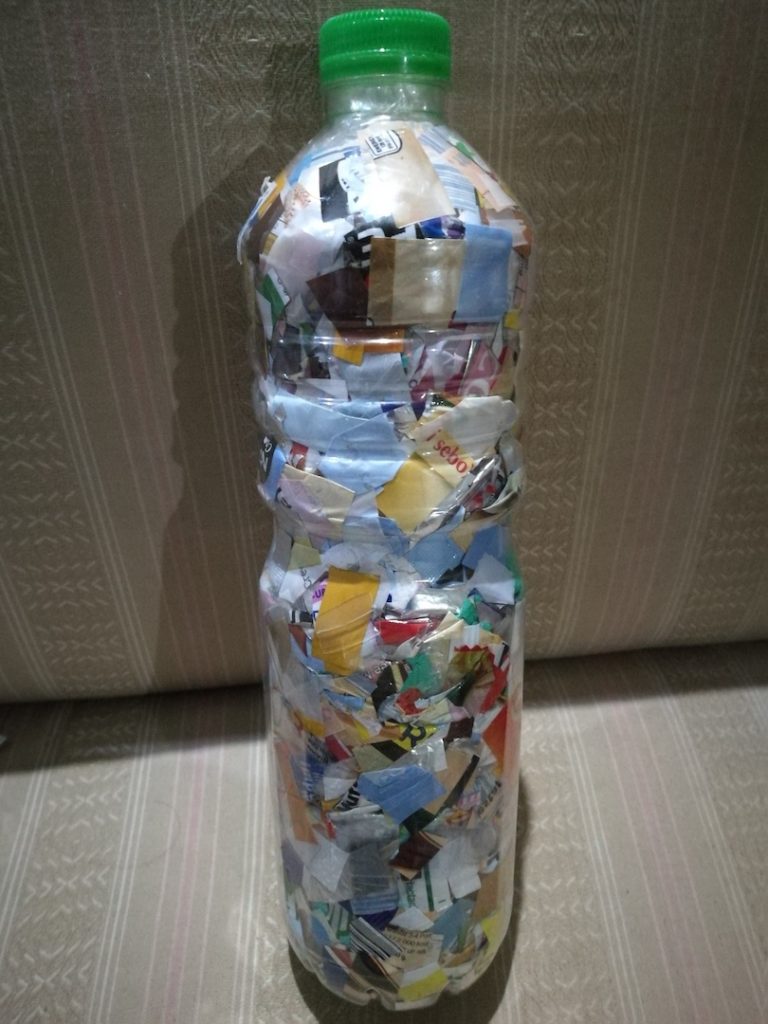The Philippines is the third largest contributor to ocean plastic and is 1 of 5 countries that produce half of the world’s plastic waste. In short, we are Plastic Country.
Plastics have been such a convenient part of day-to-day living in the Philippines. From food containers to large plastic cabinets, plastics have been a boon in the sense that they are more affordable to Filipinos with tight budgets. But this affordability has also come at a price. We have become so used to using (and disposing of) plastic that we have become unmindful of its global effect. Something not often seen in developed countries are products that come in sachets but here, it is a part of our lives. The disposal of hundreds of thousands of sachets daily contribute significantly to plastic waste.
Just take a minute to look around you, wherever you are now, and try to identify all the objects made of plastic that you can find: your coffee cup; the sachets of coffee, sugar, creamer, ketchup, hot sauce; your disposable water bottle; and probably a whole lot more. I was actually shocked once when I went to a nearby makeshift stall near our house that was selling turon (banana delicacy cooked in brown sugar). I bought 6 turon and the seller placed EACH turon in a separate plastic bag. I also learned that when our househelp went to market, each kind of vegetable that she bought came in its own plastic bag.
Several months years ago, when I learned about ecobricking and how it could reduce plastic waste, I dove right into it.
What is Ecobricking?
Ecobricking is the process of densely stuffing cut-up plastic materials (hard and soft) into plastic bottles. Ecobricks can then be used as alternative construction material because they are packed so densely that, if they meet all ecobricking requirements including proper packing density and weight, they can be even stronger than hollow blocks when mixed in cement.
In the Philippines, classrooms, buildings, and walls have already been constructed with ecobricks.
Marine creatures are at great risk from plastic waste
Significant plastic waste ends up in our oceans and these are ingested by sea creatures. There have been several instances already of whales washing up dead on our shores. Autopsies reveal their stomachs filled with plastic bags.
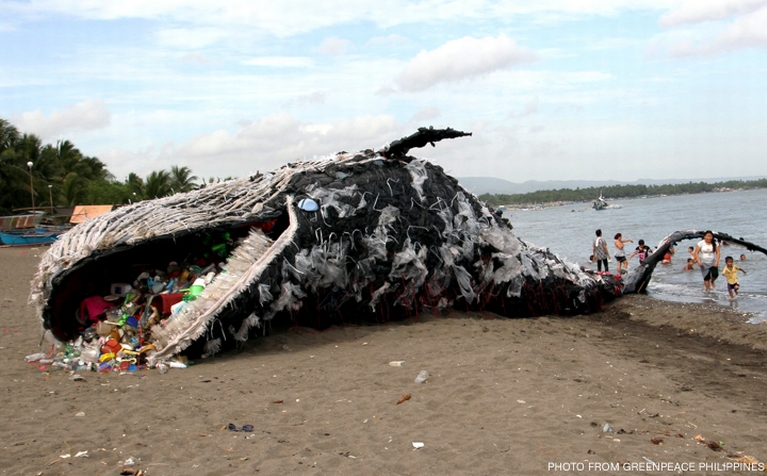
Third-world countries like ours are notorious for just dumping waste into canals, rivers and oceans. We fail to realize that our actions are coming back to us with a vengeance.
Studies have revealed that seafood now contains microplastics which we ingest when we consume fish and other seafood items. Even biodegradable plastics are problematic because these are the ones that easily break down and become microplastics.
We need to do our part to help prevent plastics from reaching the oceans.
How to ecobrick?
Here are the steps to making an ecobrick:
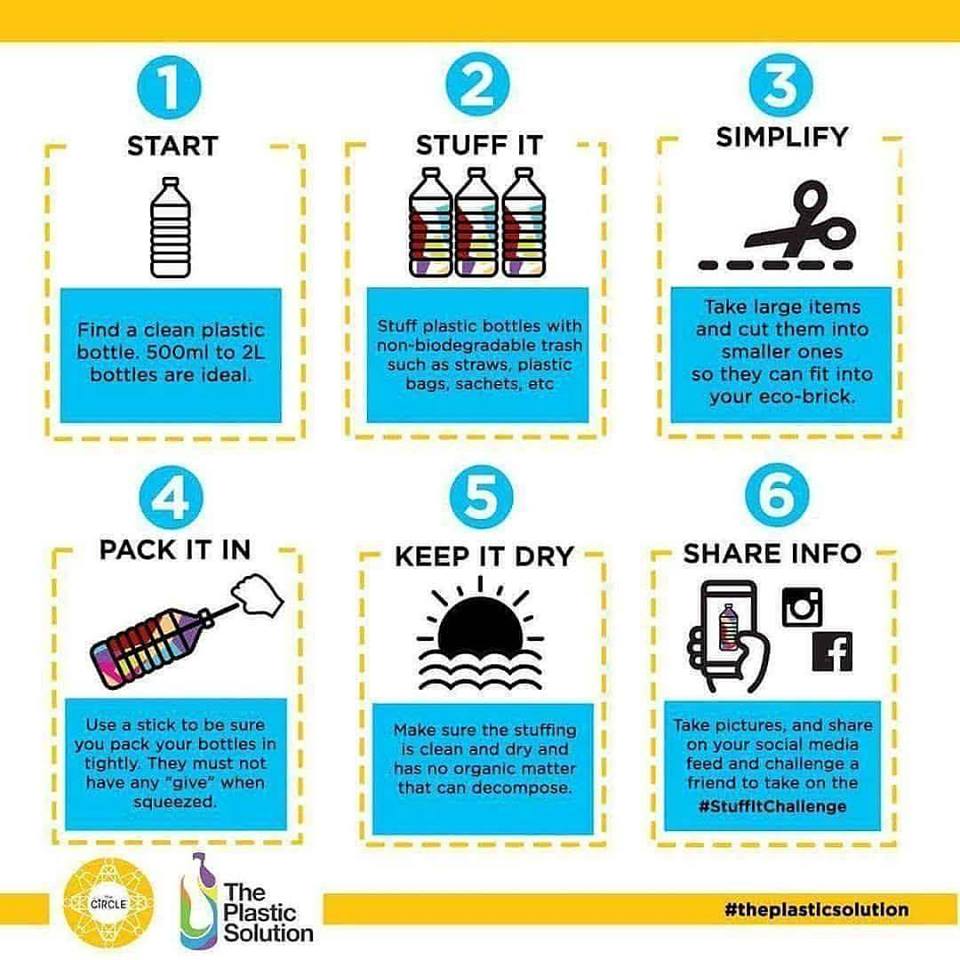
1.Find a clean plastic bottle, 500ml to 2L bottles are ideal
2. Stuff plastic bottles with non-biodegradable trash such as straws, plastic bags, sachets, etc. I even plastic coffee cups ecobrick plastic folders and anything plastic from cases of mobile phones, phone casings, etc.
3. Take large items and cut them into smaller ones so they can fit into your ecobrick. I actually cut hard plastic into small pieces while softer plastic can be a big larger.
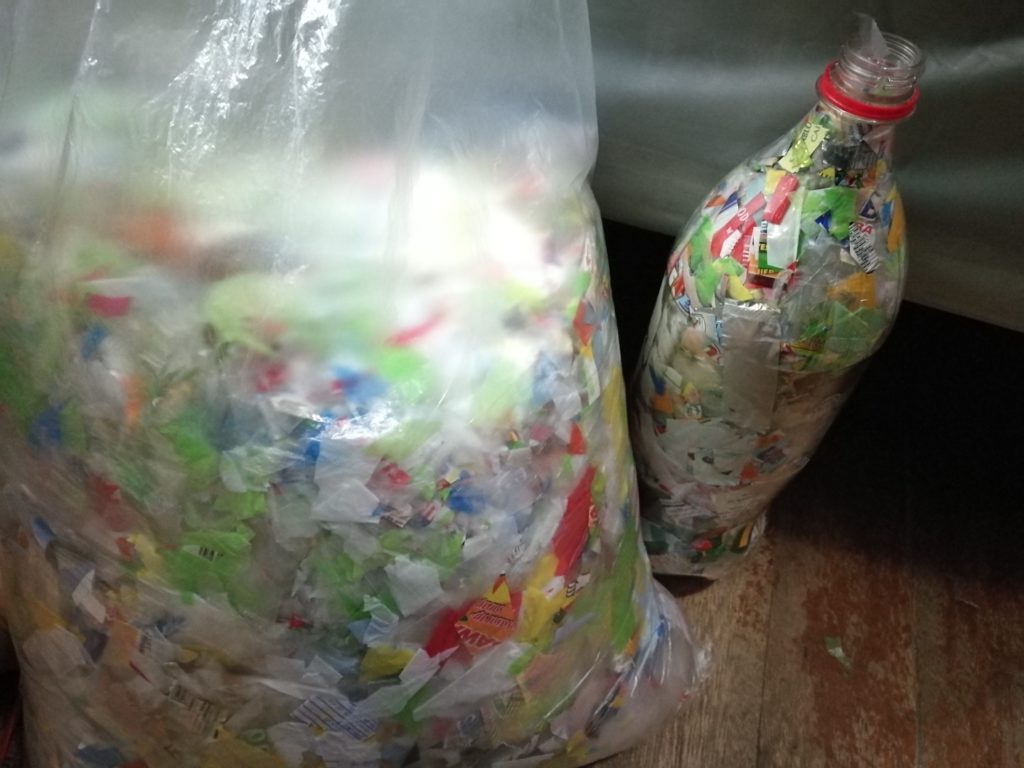
4. Use a stick to be sure you pack your bottles in tightly. They must not have any “give” (cracking sound) when squeezed.
5. Make sure the stuffing is clean and dry and has no organic matter that can decompose.
6. Check that the weight of the bottle is roughly equivalent to the minimum weight of an ideal ecobrick:
 And there you have it! You have an ecobrick bottle!
And there you have it! You have an ecobrick bottle!
What to do with your ecobricks?
There are many options for your ecobricks. Here are some of them (I suggest checking out Pinterest or Facebook pages/groups for ecobricking ideas and more specific drop-off points):
* Use the ecobricks for your own use – Ecobricks can be used for modular furniture, garden structures and even larger projects such as walls and buildings.
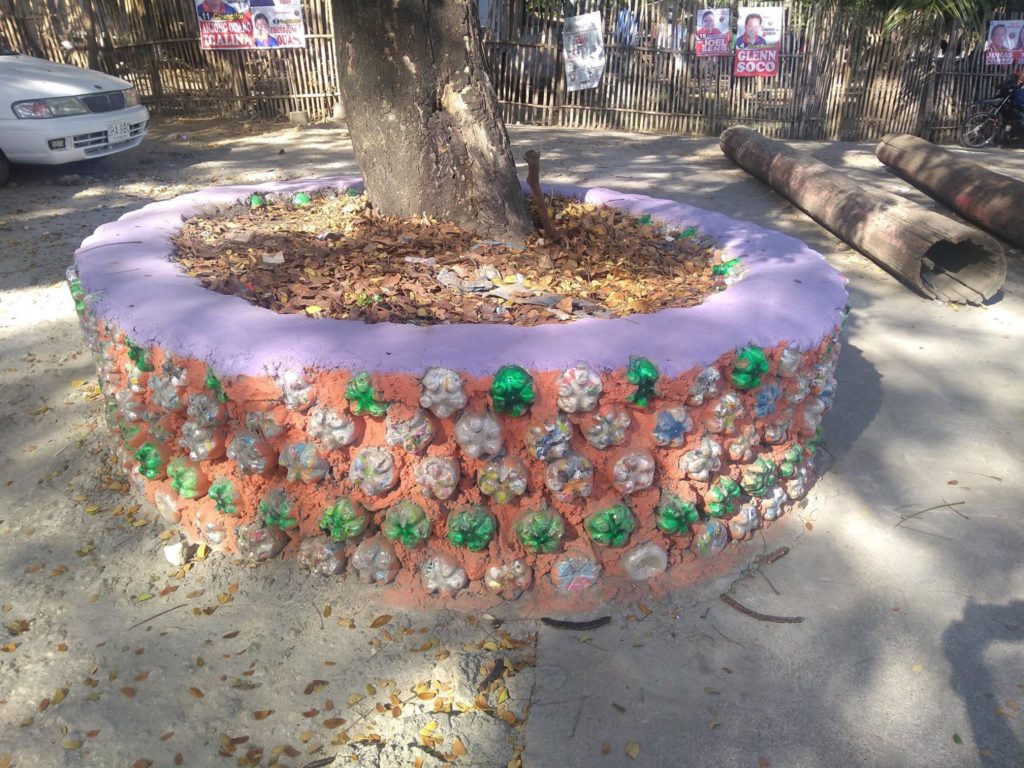
* Drop them off at designated drop-off points – I am lucky that our parish church accepts ecobricks so once I have accumulated at least half a dozen bottles, I send them off to our church. If your parish does not accept ecobricks, here are other possibilities (updated as of Oct. 26, 2021; I will update this list as I find more):
– KaUnti Urban Farmers Association Facebook page
On my part, I try to improve on my use of plastics. At the wet market, it used to be that each time our househelp would buy from a vendor, the item would be placed in a plastic bag. She would come home with at least half a dozen plastic bags from just as many vendors. Nowadays, she brings around a bag made with rope, and the produce she buys goes directly into the bag instead of being placed in plastic bags. I am also working on reducing the plastics we get when we shop at grocery stores because a lot of frozen stuff there are still wrapped in cling wrap and bundled in plastics. I’ve also joined these Facebook groups, Buhay Zero-Waste and Buhay Zero-Waste Preloved, where I get a lot of tips from other people also trying to reduce or totally eradicate not just plastics but any kind of wastage.
It has been 2 years already of ecobricking since I started in 2019. I have given away dozens of ecobricks already since then. I plan to continue doing this even if it is just to reduce the plastics that might be disposed in the wrong way and could end up in the ocean.
One last point. Ecobricking alone is not going to solve our plastic waste pollution. They just minimize its ending up in our oceans. In the long run, we really need to look at how we can minimize its going into plastic waste. If we can help it, we should recycle, reuse, upcycle so plastics do not get thrown in the trash can. The use of plastics as containers and wrappers is another thing that needs a closer look.
Are you into ecobricking or any other kind of zero-waste efforts? Please share with me what you do.

